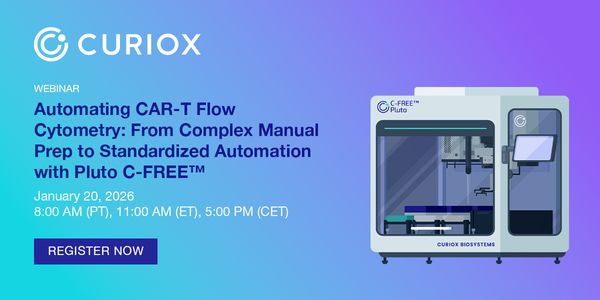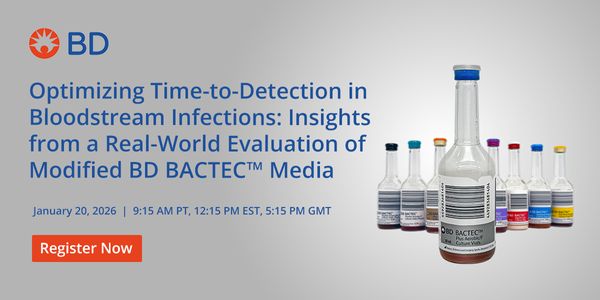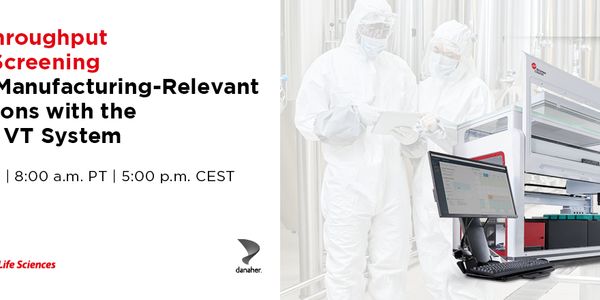
-
Gediminas Vidugiris, PhD
Senior Automation Scientist, Promega Corp.BIOGRAPHY -
Katrin Flatscher, PhD
Marketing Application Specialist Detection, Tecan AustriaBIOGRAPHY
DATE: October 5th, 2017
TIME: 6:00am PT, 9:00am ET
In this webinar you will learn:
- that temperature variations in your lab and detection instrument will distort your results
- that all chemical reactions, including luminescence and fluorescence assays suffer from fluctuating temperatures;
- how to achieve a stable temperature throughout your whole experimental workflow with Te-CoolTM or plate pre-warming
- how to design your assay and signal measurements to generate reliable and reproducible data, and avoid false positives
The rate of a chemical reaction is highly temperature dependent, as described by Van’t Hoff 1. Biochemical assays, and especially enzyme-based applications, are therefore very sensitive to temperature fluctuations during the analysis period.
As the average speed of a biochemical reaction is related to the square root of the absolute temperature – as described by the Arrhenius equation 2,3 (below) – a temperature increase of 1 oC can lead to a rate change of as much as 20-30 % for biological or chemical experiments, impacting on the uniformity of results.
On top of this, all analytical devices – including detection instruments – emit heat from mechanical and electronic components. The average temperature in a laboratory will therefore vary depending on the heating/cooling capacity of the equipment and, in many cases, external temperature changes and laboratory sunlight exposure 4. These fluctuations can affect reaction kinetics and intensity, and are likely to significantly distort results over the time course of an experiment, making it imperative to maintain a consistent temperature throughout the analytical period.
Pre-warming test plates can help with temperature equilibration, but increases the total processing time, reducing experimental throughput. It is therefore preferable to work with analytical instruments that provide active temperature control, and can compensate for both external temperature variations and internal heating effects. In this webinar, we will demonstrate the benefits of active temperature control, supported by experimental data from cell-based bioluminescent and biofluorescent assays assessing cell viability, metabolism, death and signaling.
REFERENCES
1) Atkins, Peter; De Paula, Julio (10 March 2006). Physical Chemistry (8th ed.). W.H. Freeman and
Company. p. 212. ISBN 0-7167-8759-8
2) Arrhenius, S.A. (1889). Über die Dissociationswärme und den Einfluß der Temperatur auf den Dissociationsgrad der Elektrolyte. Z. Phys. Chem. 4: 96–116.
3) Arrhenius, S.A. (1889). Über die Reaktionsgeschwindigkeit bei der Inversion von Rohrzucker durch Säuren. Z. Phys. Chem. 4: 226–248.
4) Butler, J.M., et al. (2013). "The heat is on: room temperature affects laboratory equipment-an observational study. J. Assist. Reprod. Genet. 30:1389-1393.
Please update your information
Certificate of Participation
DOWNLOAD CERTIFICATE







